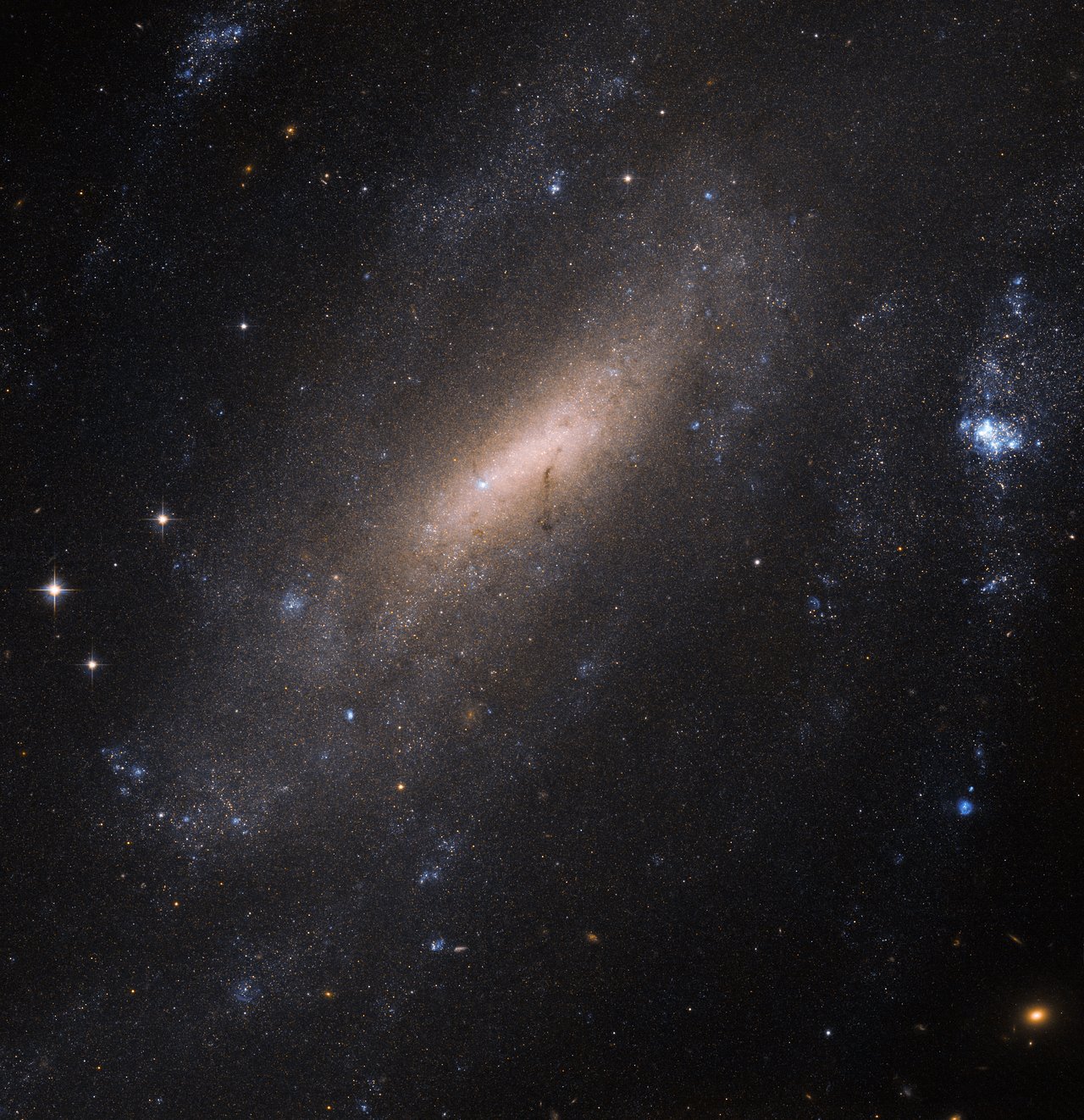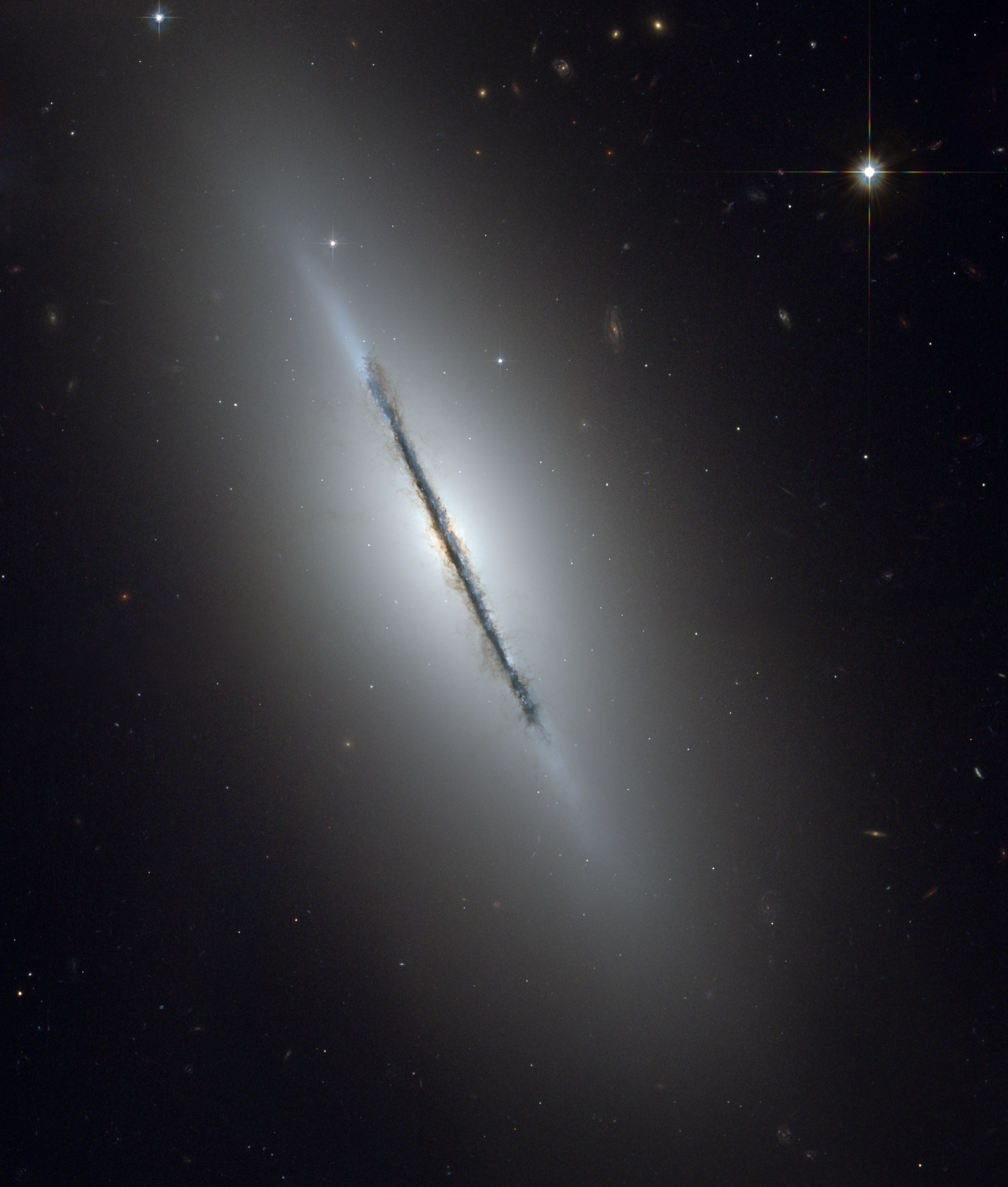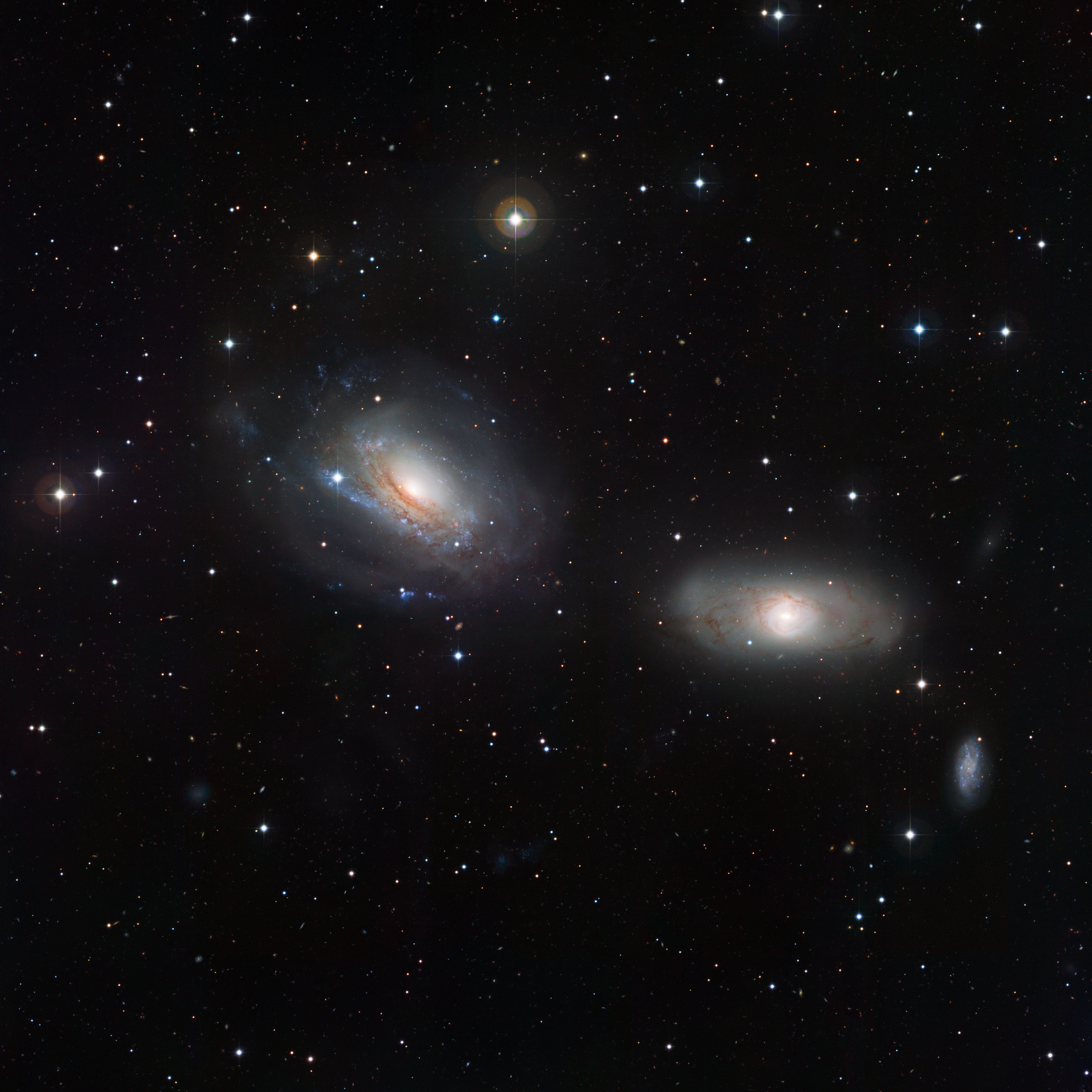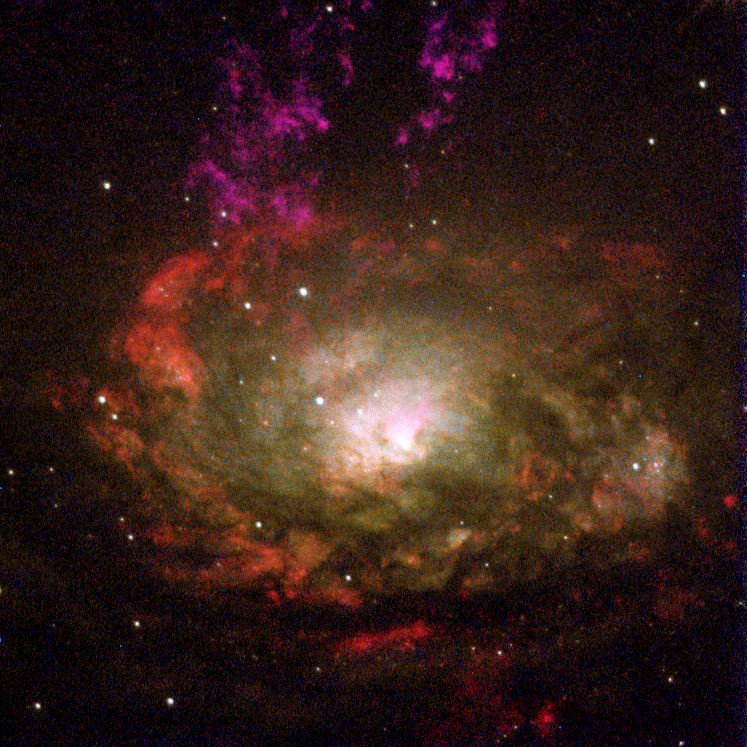|
NGC 89
NGC 89 is a barred spiral or lenticular galaxy, part of Robert's Quartet, a group of four interacting galaxies. This member has a Seyfert 2 nucleus with extra-planar features emitting H-alpha radiation. There are filamentary features on each side of the disk, including a jet-like structure extending about 4 kpc in the NE direction. It may have lost its neutral hydrogen (H1) gas due to interactions with the other members of the clusters—most likely NGC 92 NGC 92 is a highly warped interacting unbarred spiral galaxy in Robert's Quartet; it is interacting with three neighbouring galaxies NGC 87, NGC 88 NGC 88 is a barred spiral galaxy exhibiting an inner ring structure located about 160 million .... References External links * NGC 89* {{DEFAULTSORT:NGC 0089 0089 01374 Phoenix (constellation) Robert's Quartet Barred spiral galaxies 194-11 18340930 ... [...More Info...] [...Related Items...] OR: [Wikipedia] [Google] [Baidu] |
New General Catalogue
The ''New General Catalogue of Nebulae and Clusters of Stars'' (abbreviated NGC) is an astronomical catalogue of deep-sky objects compiled by John Louis Emil Dreyer in 1888. The NGC contains 7,840 objects, including galaxies, star clusters and emission nebulae. Dreyer published two supplements to the NGC in 1895 and 1908, known as the ''Index Catalogues'' (abbreviated IC), describing a further 5,386 astronomical objects. Thousands of these objects are best known by their NGC or IC numbers, which remain in widespread use. The NGC expanded and consolidated the cataloguing work of William and Caroline Herschel, and John Herschel's ''General Catalogue of Nebulae and Clusters of Stars''. Objects south of the celestial equator are catalogued somewhat less thoroughly, but many were included based on observation by John Herschel or James Dunlop. The NGC contained multiple errors, but attempts to eliminate them were made by the ''Revised New General Catalogue'' (RNGC) by Jack W. Sulent ... [...More Info...] [...Related Items...] OR: [Wikipedia] [Google] [Baidu] |
Robert's Quartet
Robert's Quartet is a compact galaxy group approximately 160 million light-years away in the constellation Phoenix. It is a family of four very different galaxies whose proximity to each other has caused the creation of about 200 star-forming regions and pulled out a stream of gas and dust 100,000 light years long. Its members are NGC 87, NGC 88, NGC 89 and NGC 92, discovered by John Herschel on the 30 September 1834. The quartet is one of the best examples of compact galaxy groups. Because such groups contain four to eight galaxies in a very small region they are excellent laboratories for the study of galactic interactions and their effects, in particular on the formation of stars. The quartet has a total visual magnitude of almost 13. The brightest member of the group is NGC 92, having the blue magnitude of 13.8. On the sky, the four galaxies are all within a circle of radius of 1.6 arcmin, corresponding to about 75,000 light-years. It was named by Halton Arp and Barry F. ... [...More Info...] [...Related Items...] OR: [Wikipedia] [Google] [Baidu] |
J2000
In astronomy, an epoch or reference epoch is a instant, moment in time used as a reference point for some time-varying astronomical quantity. It is useful for the celestial coordinates or orbital elements of a Astronomical object, celestial body, as they are subject to Perturbation (astronomy), perturbations and vary with time. These time-varying astronomical quantities might include, for example, the mean longitude or mean anomaly of a body, the node of its orbit relative to a reference plane, the direction of the apogee or Perihelion and aphelion, aphelion of its orbit, or the size of the major axis of its orbit. The main use of astronomical quantities specified in this way is to calculate other relevant parameters of motion, in order to predict future positions and velocities. The applied tools of the disciplines of celestial mechanics or its subfield orbital mechanics (for predicting orbital paths and positions for bodies in motion under the gravitational effects of other bodi ... [...More Info...] [...Related Items...] OR: [Wikipedia] [Google] [Baidu] |
Phoenix (constellation)
Phoenix is a minor constellation in the southern sky. Named after the mythical phoenix, it was first depicted on a celestial atlas by Johann Bayer in his 1603 ''Uranometria''. The French explorer and astronomer Nicolas Louis de Lacaille charted the brighter stars and gave their Bayer designations in 1756. The constellation stretches from roughly −39° to −57° declination, and from 23.5h to 2.5h of right ascension. The constellations Phoenix, Grus, Pavo and Tucana, are known as the Southern Birds. The brightest star, Alpha Phoenicis, is named Ankaa, an Arabic word meaning 'the Phoenix'. It is an orange giant of apparent magnitude 2.4. Next is Beta Phoenicis, actually a binary system composed of two yellow giants with a combined apparent magnitude of 3.3. Nu Phoenicis has a dust disk, while the constellation has ten star systems with known planets and the recently discovered galaxy clusters El Gordo and the Phoenix Cluster—located 7.2 and 5.7 billion light years away ... [...More Info...] [...Related Items...] OR: [Wikipedia] [Google] [Baidu] |
Principal Galaxies Catalogue
The Catalogue of Principal Galaxies (PGC) is an astronomical catalog published in 1989 that lists B1950 and J2000 equatorial coordinates and cross-identifications for 73,197 galaxies. It is based on the Lyon-Meudon Extragalactic Database (LEDA), which was originally started in 1983. 40,932 coordinates (56%) have standard deviations smaller than . A total of 131,601 names from the 38 most common sources are listed. Available mean data for each object are given: * 49,102 morphological descriptions, * 52,954 apparent major and minor axis, * 67,116 apparent magnitudes, * 20,046 radial velocities and * 24,361 position angles. The Lyon-Meudon Extragalactic Database was eventually expanded into HyperLEDA, a database of a few million galaxies. Galaxies in the original PGC catalogue are numbered with their original PGC number in HyperLEDA. Numbers have also been assigned for the other galaxies, although for those galaxies not in the original PGC catalogue, it is not recommended to ... [...More Info...] [...Related Items...] OR: [Wikipedia] [Google] [Baidu] |
Barred Spiral Galaxy
A barred spiral galaxy is a spiral galaxy with a central bar-shaped structure composed of stars. Bars are found in about two thirds of all spiral galaxies, and generally affect both the motions of stars and interstellar gas within spiral galaxies and can affect spiral arms as well. The Milky Way Galaxy, where the Solar System is located, is classified as a barred spiral galaxy. Edwin Hubble classified spiral galaxies of this type as "SB" (spiral, barred) in his Hubble sequence and arranged them into sub-categories based on how open the arms of the spiral are. SBa types feature tightly bound arms, while SBc types are at the other extreme and have loosely bound arms. SBb-type galaxies lie in between the two. SB0 is a barred lenticular galaxy. A new type, SBm, was subsequently created to describe somewhat irregular barred spirals, such as the Magellanic Clouds, which were once classified as irregular galaxies, but have since been found to contain barred spiral structures. Among o ... [...More Info...] [...Related Items...] OR: [Wikipedia] [Google] [Baidu] |
Lenticular Galaxy
A lenticular galaxy (denoted S0) is a type of galaxy intermediate between an elliptical (denoted E) and a spiral galaxy in galaxy morphological classification schemes. It contains a large-scale disc but does not have large-scale spiral arms. Lenticular galaxies are disc galaxies that have used up or lost most of their interstellar matter and therefore have very little ongoing star formation. They may, however, retain significant dust in their disks. As a result, they consist mainly of aging stars (like elliptical galaxies). Despite the morphological differences, lenticular and elliptical galaxies share common properties like spectral features and scaling relations. Both can be considered early-type galaxies that are passively evolving, at least in the local part of the Universe. Connecting the E galaxies with the S0 galaxies are the ES galaxies with intermediate-scale discs. Morphology and structure Classification Lenticular galaxies are unique in that they have a visibl ... [...More Info...] [...Related Items...] OR: [Wikipedia] [Google] [Baidu] |
Interacting Galaxies
Interacting galaxies (''colliding galaxies'') are galaxies whose gravitational fields result in a disturbance of one another. An example of a minor interaction is a satellite galaxy disturbing the primary galaxy's spiral arms. An example of a major interaction is a galactic collision, which may lead to a galaxy merger. Satellite interaction A giant galaxy interacting with its satellites is common. A satellite's gravity could attract one of the primary's spiral arms. Alternatively, the secondary satellite can dive into the primary galaxy, as in the Sagittarius Dwarf Elliptical Galaxy diving into the Milky Way. That can possibly trigger a small amount of star formation. Such orphaned clusters of stars were sometimes referred to as "blue blobs" before they were recognized as stars. Galaxy collision Colliding galaxies are common during galaxy evolution. The extremely tenuous distribution of matter in galaxies means these are not collisions in the traditional sense of the w ... [...More Info...] [...Related Items...] OR: [Wikipedia] [Google] [Baidu] |
Seyfert Galaxy
Seyfert galaxies are one of the two largest groups of active galaxies, along with quasars. They have quasar-like nuclei (very luminous, distant and bright sources of electromagnetic radiation) with very high surface brightnesses whose spectra reveal strong, high-ionisation emission lines, but unlike quasars, their host galaxies are clearly detectable. Seyfert galaxies account for about 10% of all galaxies and are some of the most intensely studied objects in astronomy, as they are thought to be powered by the same phenomena that occur in quasars, although they are closer and less luminous than quasars. These galaxies have supermassive black holes at their centers which are surrounded by accretion discs of in-falling material. The accretion discs are believed to be the source of the observed ultraviolet radiation. Ultraviolet emission and absorption lines provide the best diagnostics for the composition of the surrounding material. Seen in visible light, most Seyfert galaxies ... [...More Info...] [...Related Items...] OR: [Wikipedia] [Google] [Baidu] |
H-alpha
H-alpha (Hα) is a specific deep-red visible spectral line in the Balmer series with a wavelength of 656.28 nm in air and 656.46 nm in vacuum; it occurs when a hydrogen electron falls from its third to second lowest energy level. H-alpha light is the brightest hydrogen line in the visible spectral range. It is important to astronomers as it is emitted by many emission nebulae and can be used to observe features in the Sun's atmosphere, including solar prominences and the chromosphere. Balmer series According to the Bohr model of the atom, electrons exist in quantized energy levels surrounding the atom's nucleus. These energy levels are described by the principal quantum number ''n'' = 1, 2, 3, ... . Electrons may only exist in these states, and may only transit between these states. The set of transitions from ''n'' ≥ 3 to ''n'' = 2 is called the Balmer series and its members are named sequentially by Greek letters: *''n'' = 3 to ''n'' = 2 is called Balmer-alpha ... [...More Info...] [...Related Items...] OR: [Wikipedia] [Google] [Baidu] |
Neutral Hydrogen
The hydrogen line, 21 centimeter line, or H I line is the electromagnetic radiation spectral line that is created by a change in the energy state of neutral hydrogen atoms. This electromagnetic radiation has a precise frequency of , which is equivalent to the vacuum wavelength of in free space. This frequency falls below the microwave region of the electromagnetic spectrum, which begins at 3.0 GHz (10 cm wavelength), and it is observed frequently in radio astronomy because those radio waves can penetrate the large clouds of interstellar cosmic dust that are opaque to visible light. This line is also the theoretical basis of the hydrogen maser. The microwaves of the hydrogen line come from the atomic transition of an electron between the two hyperfine levels of the hydrogen 1 s ground state that have an energy difference of []. It is called the ''spin-flip transition''. The frequency, , of the quantum, quanta that are emitted by this transition between t ... [...More Info...] [...Related Items...] OR: [Wikipedia] [Google] [Baidu] |
NGC 92
NGC 92 is a highly warped interacting unbarred spiral galaxy in Robert's Quartet; it is interacting with three neighbouring galaxies NGC 87, NGC 88 NGC 88 is a barred spiral galaxy exhibiting an inner ring structure located about 160 million light years from the Earth in the Phoenix constellation. NGC 88 is interacting with the galaxies NGC 92, NGC 87 and NGC 89. It is part of a family o ... and NGC 89. References External links * {{DEFAULTSORT:NGC 0092 0092 01388 Phoenix (constellation) Robert's Quartet Unbarred spiral galaxies 194-G012 18340930 ... [...More Info...] [...Related Items...] OR: [Wikipedia] [Google] [Baidu] |







